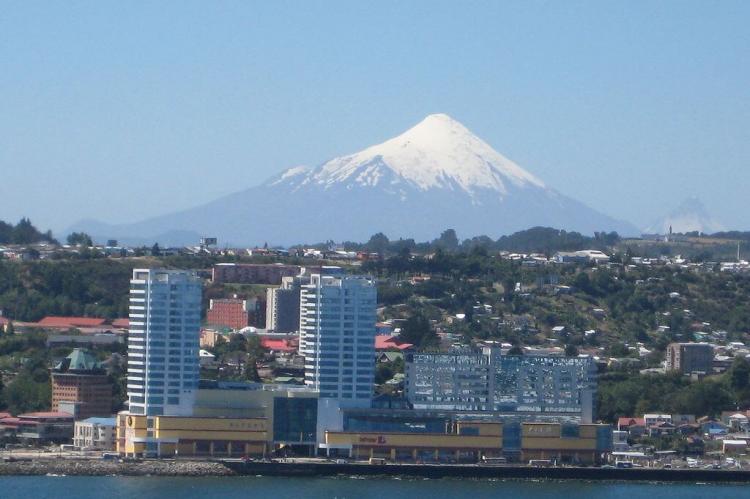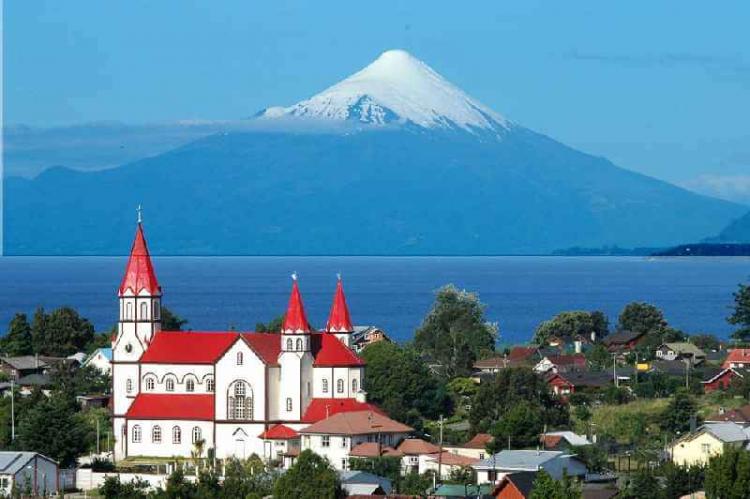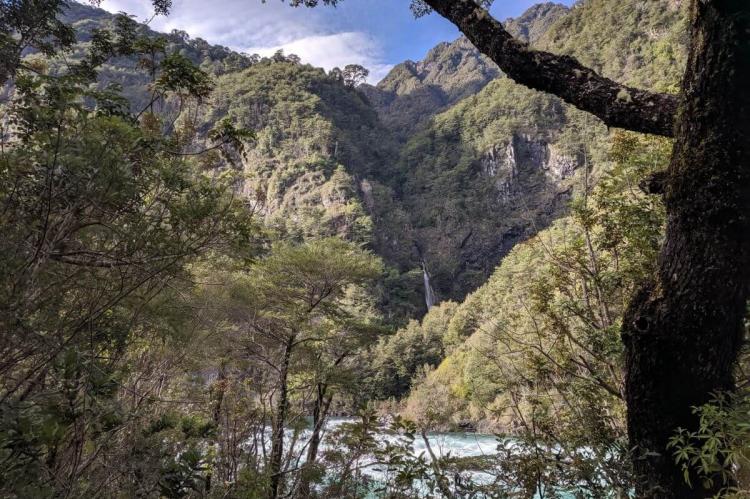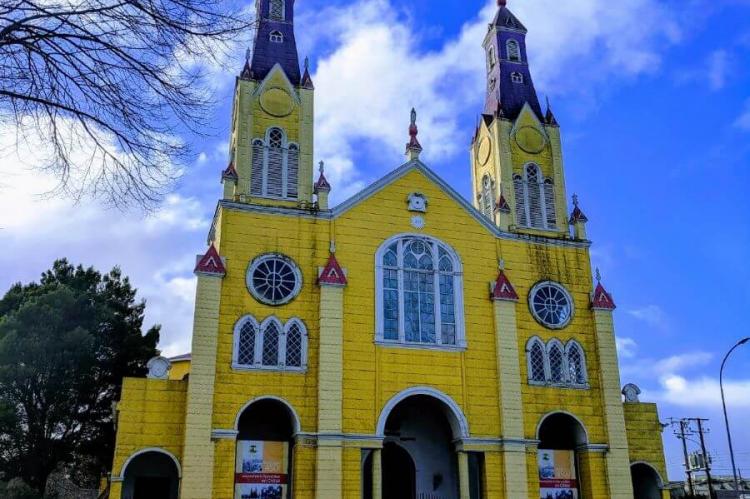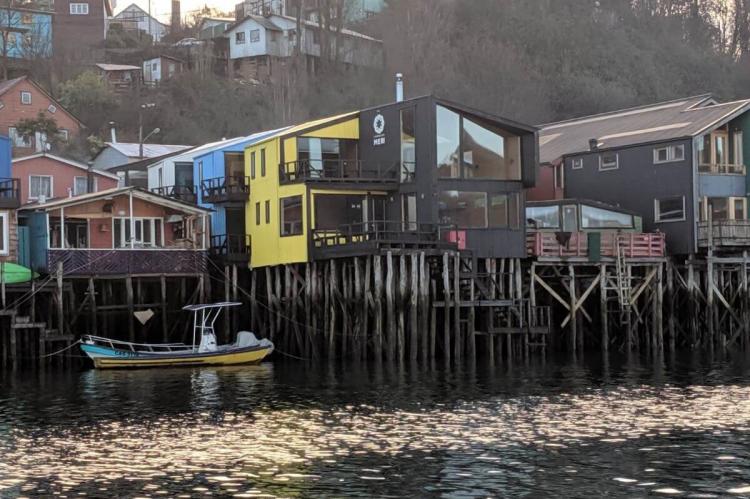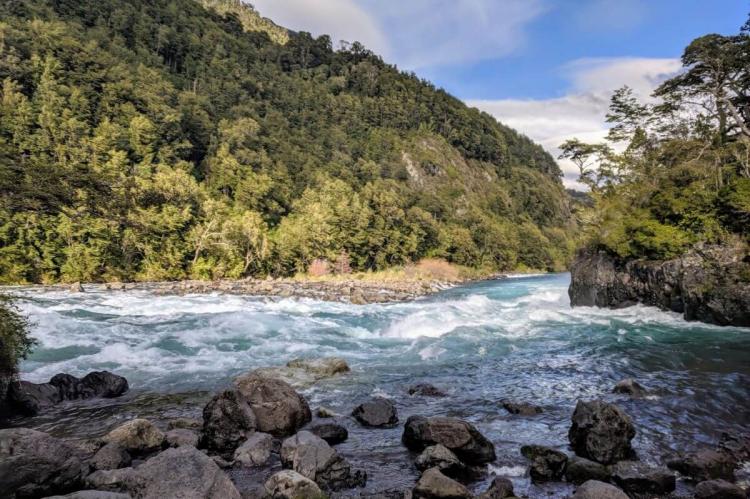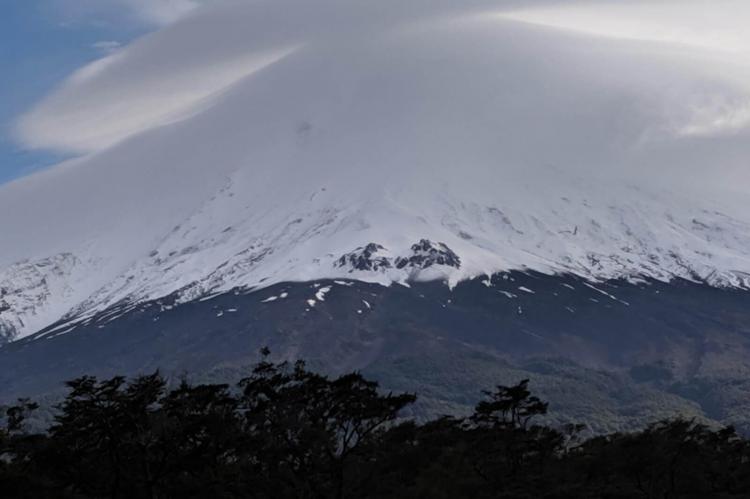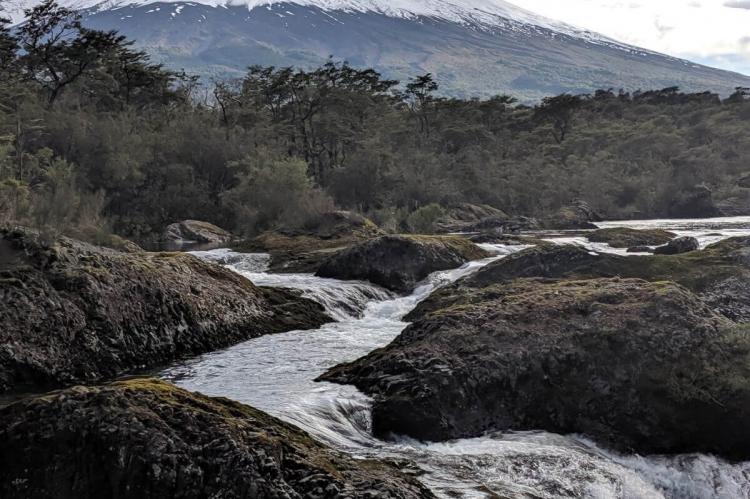Región de Los Lagos: Chile's Stunning Lakes Region
The Región de Los Lagos in southern Chile is a beautiful area with a rich culture. It comprises four provinces and boasts a diverse landscape of lakes, mountains, volcanoes, and forests. From Chiloé to the majestic Andes, the region offers a captivating blend of natural wonders and cultural heritage.
Región de Los Lagos: Chile's Stunning Lakes Region
Nestled in the southern reaches of Chile, the Región de Los Lagos ("The Lakes Region") is a breathtaking expanse of natural beauty and cultural richness. Comprising four provinces—Chiloé, Llanquihue, Osorno, and Palena—this region is a true gem, boasting a diverse landscape of lakes, mountains, volcanoes, and rugged forests. From the UNESCO World Heritage site of Chiloé to the majestic Chilean Andes, the Los Lagos region offers a captivating blend of natural wonders and cultural heritage.
Geographical Highlights
The Chiloé Archipelago
One of the region's most iconic attractions is the Chiloé Archipelago, which includes the country's second-largest island, Chiloé. This stunning archipelago is renowned for its fjords, colorful wooden churches, and unique cultural traditions. The main island of Chiloé is a true paradise for nature lovers, with its lush forests, pristine beaches, and exceptional biodiversity.
Llanquihue Lake and Volcanic Landscapes
Another highlight of the region is the majestic Llanquihue Lake, which is the second-largest lake in Chile. Surrounded by towering volcanoes and snow-capped peaks, this scenic lake offers breathtaking vistas and a wealth of outdoor activities. The region is also home to several active and dormant volcanoes, including the iconic Osorno Volcano, which serves as a stunning backdrop for Osorno.
Patagonian Landscapes
The mainland portion of the region, south of Reloncaví Sound (Palena Province), is considered part of the legendary Patagonia region. Here, visitors can experience the rugged beauty of the Andes Mountains, glacial valleys, and fjordlike estuaries, surrounded by innumerable archipelagos and islands.
Cultural Heritage
The Los Lagos region is rich in natural beauty and boasts a vibrant cultural heritage. The colorful wooden churches of Chiloé, recognized as UNESCO World Heritage sites, are a testament to the region's unique architectural traditions. The area is also home to indigenous communities, such as the Mapuche, who have preserved their ancestral customs and traditions.
Outdoor Adventures
Los Lagos region's diverse landscapes offer many outdoor activities for adventurers and nature enthusiasts alike. Hiking, trekking, kayaking, fishing, and birdwatching are just a few of the popular pursuits in this stunning region. The region's numerous national parks, including Pumalín Douglas Tompkins National Park, Alerce Andino National Park, Chiloé National Park, Corcovado National Park, Hornopirén National Park, Puyehue National Park, and Vicente Pérez Rosales National Park, provide ample opportunities for exploration and appreciation of the region's natural wonders.
Economic Importance
While tourism plays a significant role in the region's economy, agriculture and forestry are major contributors. The fertile Central Valley and the lowlands of the Valdivia and Bueno river systems support a thriving agricultural sector, producing a variety of crops. Meanwhile, the lumber industry in Valdivia province is of paramount economic importance, capitalizing on the region's vast forested areas.
Transportation and Access
The Pan-American Highway and the central north-south railway terminate at Puerto Montt, the provincial capital, making it a regional transportation hub. Other important cities, such as Osorno, Castro, Ancud, and Puerto Varas, offer additional gateways to explore the region's diverse attractions.
Conclusion
The Los Lagos Region of Chile is a true gem, offering a captivating blend of natural beauty, cultural richness, and outdoor adventures. From the stunning Chiloé Archipelago to the majestic Andes, the region promises unforgettable experiences for travelers seeking a taste of Chile's rugged landscapes and vibrant heritage. Whether you're an outdoor enthusiast, a cultural explorer, or simply seeking a peaceful retreat, the Región de Los Lagos has something to offer every visitor.
